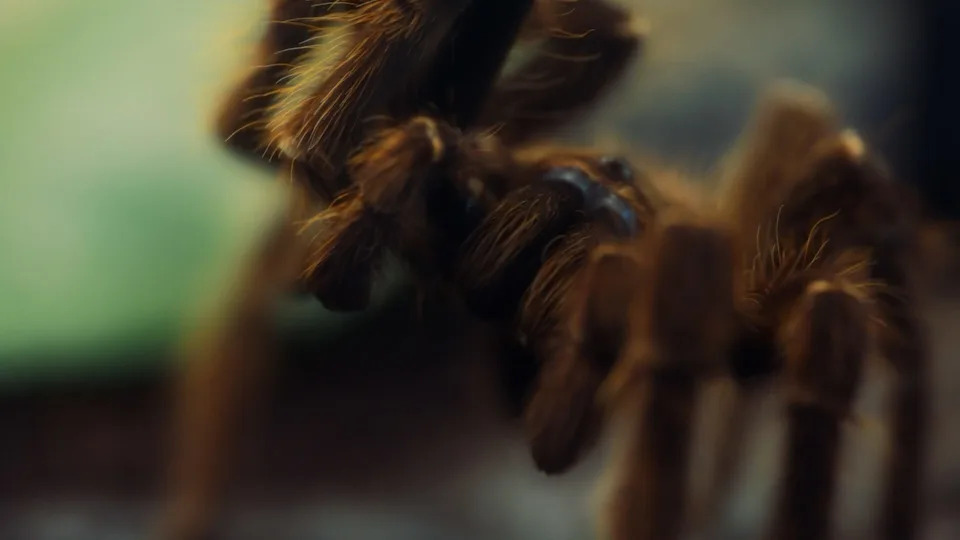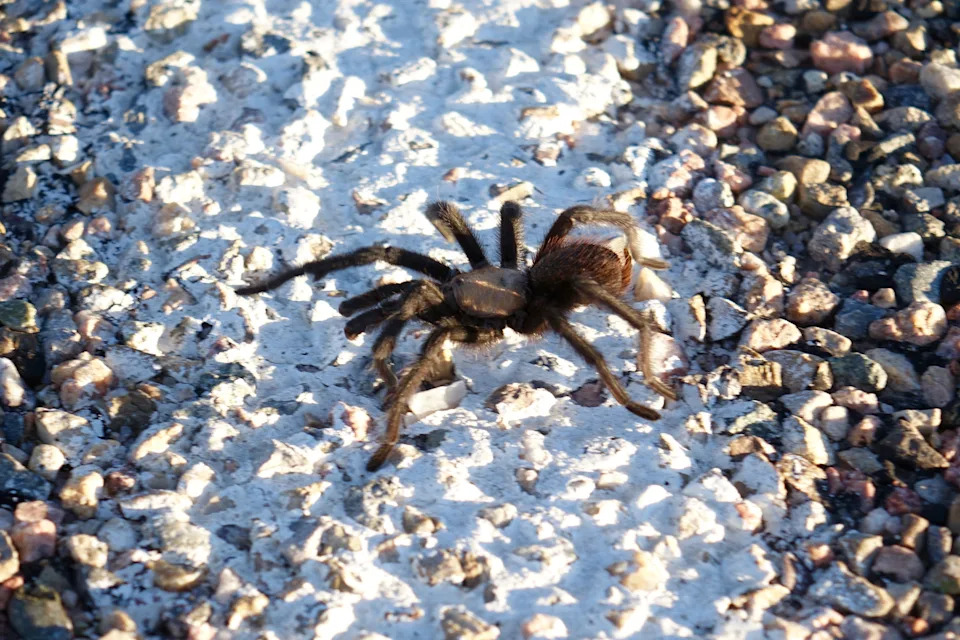If you’re hiking or camping in the arid Southwest and West in the next few months, get ready for what could be the experience – or fright – of a lifetime.
Across the United States, in Texas, California, Colorado, Kansas and New Mexico, tens of thousands of tarantulas will being crawling out of their burrows in search of females – making for a fascinating, if a little creepy – display of the wonders of nature.
It’s tarantula mating season.

“If you’re lucky enough you can sometimes see them in hordes crossing the roads at certain times of the year,” said Dan McCamish, a senior environmental scientist with California State Parks.
Where in the US do tarantulas live?
Tarantulas prefer dry climates and primarily live in Western and Southwestern states with arid and semi-arid habitats. They are prevalent in Texas, Arizona, California, New Mexico, Nevada, Utah, Colorado, Oregon and Washington.
But they're in other places as well. South Florida has the Mexican red rump and the Texas brown can be found in Oklahoma and Missouri.
There are 29 described individual species of tarantulas in the United States.
Common species include the desert blonde tarantula and the Texas brown (though Texas has 14 tarantula species). In Arizona, there's even a variety with a fiery-red abdomen.
When are you likely to see tarantulas in the wild?
Tarantulas live in these areas year-round, but they mostly keep to themselves and their nests in the ground, so hikers and campers don’t see a lot of them.
“As with most things that live in the desert in the summer, they’re generally nocturnal,” McCamish said. “So unless you’re out in the middle of the night, which I don’t recommend for safety purposes, you likely won’t see them.”
Then in fall, September, October, November, the weather starts to shift. “They generally wait for the first fall seasonal rain – they really respond to the late summer warmth and the increase in moisture,” he said.

The short, harsh reality of a male tarantula's life
Male and female tarantulas live very different lives. Females stay near their burrows, hunting, feeding and growing and can live for up to 20 to 25 years.
Males, not so much.
Once they’re hatched, they create burrows and spend a few years, generally no more than five, slowly growing, molting several times as they do.
When they are ready to go out to find a mate in the cool fall, they leave their burrows and begin wandering, sniffing the air for female pheromones.
The females come out of their burrows at night, staying nearby as they wait for the males.
If the male finds a female, and she accepts him, they will mate. But it’s a brief moment of happiness for the male.
“The harsh reality is that generally after the male breeds, it passes away,” McCamish said.
Often, the female will eat her mate, though not always. It depends on whether she fed before mating or has an ample food supply.
If the male doesn’t find a mate, it can potentially burrow back in for another year, but this depends on its molting schedule - if the male spider needs to molt again after it becomes sexually viable, it may die because it cannot molt a second time.
"Generally, once the male has emerged, if it is unsuccessful in finding a mate during the season, it will likely die due to exhaustion," he said.
This article originally appeared on Wichita Falls Times Record News: Tarantulas coming soon to Texas.








Comments